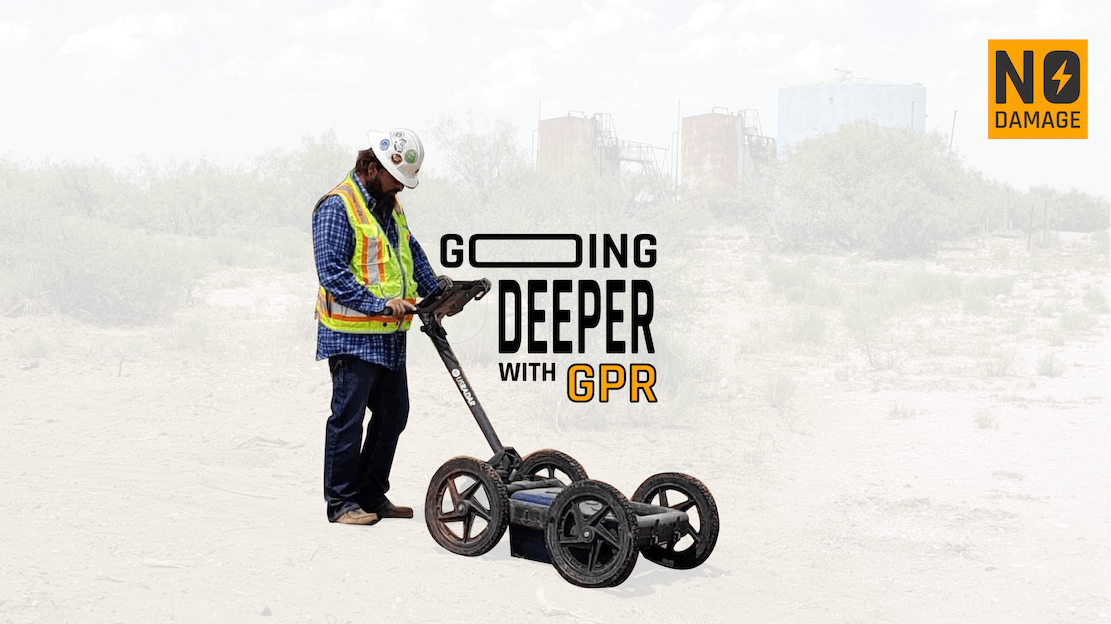
The first rule of doing business in the US is "don't mention that you're Canadian." A few people have told me that in jest but there might be some truth to it. I've lived on both sides of the border and it's surprising how similar and yet how different some things are. (Who remembers smuggling Kinder Eggs?) One thing that has perplexed me since getting into damage prevention is how unpopular vacuum excavation is in the US compared to Canada. Is it simply because it's Canadian or is there more going on?
Its adoption has been slower in the United States, despite the technology's proven advantages. The reasons behind this discrepancy are complex and multifaceted, involving historical context, regulatory environments, economic factors, market dynamics, and cultural attitudes toward construction methods. Let's explore each of these
Historical Context and Early Adoption
The roots of vacuum excavation can be traced back to Canada, where the technology was first developed and widely adopted. It found early use in the oil and gas sectors, especially in remote and often harsh environments where traditional excavation methods were not feasible. Canada’s challenging conditions, such as frozen ground and difficult terrain, pushed the adoption of hydro-excavation during the 1960s and 1970s. The technology was particularly valuable in minimizing the risks of damaging existing underground utilities, which was crucial in remote and hard-to-access areas.
In contrast, the U.S. did not initially face the same environmental challenges. Although vacuum excavation was introduced in the U.S. in the 1990s, traditional mechanical excavation methods continued to dominate due to their lower upfront costs and the relative ease of their use in warmer regions. It was not until later that the benefits of hydro-excavation, particularly in terms of precision and safety, began to be more widely recognized.
Regulatory Environment and Legal Framework
One of the key drivers for the adoption of vacuum excavation in Canada has been a stringent regulatory environment. In industries like oil and gas, Canadian regulations require non-destructive digging methods to prevent damage to critical infrastructure. These regulations, coupled with the risks posed by striking pipelines or cables, incentivized contractors to adopt safer, more efficient techniques like vacuum excavation.
In the U.S., while the "Call Before You Dig" programs have been in place for decades, they typically focus on notification rather than specifying the methods of excavation. The regulations around utility damage prevention in the U.S. have historically been less prescriptive in terms of encouraging non-destructive methods. While some states have adopted stricter rules over time, the overall regulatory push for vacuum excavation has been slower. This has allowed traditional excavation methods to remain the norm in many regions, especially where infrastructure is less complex or older and not as prone to damage.
Economic Considerations and Return on Investment
Vacuum excavation equipment is known for its higher initial cost compared to traditional mechanical equipment like backhoes and trenchers. In the U.S., where contractors are often focused on minimizing initial capital expenditures, this can be a significant barrier to adoption. Many U.S. contractors have historically viewed vacuum excavation as a more expensive option, with a slower return on investment.
In Canada, the economics of vacuum excavation were more compelling due to the long-term savings associated with avoiding costly repairs and penalties for utility strikes. Additionally, Canadian projects in the oil and gas sectors often had the budgets and regulatory requirements to justify the higher initial investment. The U.S. market, on the other hand, has been slower to see the financial benefits of vacuum excavation, especially in areas with lower utility strike rates or where infrastructure is not as densely packed.
Market Dynamics and Cultural Differences
The U.S. has a more diverse approach to excavation, with many contractors continuing to rely on traditional excavation methods. These methods have become deeply ingrained in the construction industry, with a large base of contractors and workers skilled in their use. The American market also tends to be more fragmented, with a greater reliance on regional practices, which has slowed the widespread adoption of new technologies.
In contrast, Canada’s more centralized market has made it easier for contractors to adopt new technologies and practices on a national scale. In industries like oil and gas, where excavation is often done in isolated or remote areas, vacuum excavation has been seen as a necessary tool for ensuring safety and efficiency. As a result, Canadian contractors have been more open to embracing the technology, seeing it as an investment in both safety and productivity.
Increasing Awareness and Growing Demand in the U.S.
Despite these challenges, the adoption of vacuum excavation in the U.S. is on the rise. As awareness grows around the importance of damage prevention, more U.S. contractors are turning to vacuum excavation as a safer, more efficient option for utility locating and excavation. The rising costs of utility strikes and damage to infrastructure, coupled with increasing regulatory pressures, are pushing contractors to consider non-destructive methods like vacuum excavation.
Moreover, as the technology becomes more affordable and as new innovations make it easier to deploy, U.S. contractors are beginning to see the long-term benefits. The ability to perform precise excavation without damaging surrounding utilities, as well as the potential to reduce downtime and increase productivity, is becoming more appealing in the face of rising safety concerns and the need for faster project completions.
Conclusion
In conclusion, the slower adoption of vacuum excavation in the U.S. compared to Canada can be attributed to a combination of historical, economic, and regulatory factors. While Canada’s harsh environment and regulatory landscape pushed the widespread adoption of vacuum excavation, the U.S. has faced challenges related to cost, market fragmentation, and regulatory frameworks. However, as awareness grows and the economic benefits become more apparent, the technology is gaining traction in the U.S. construction market. As contractors continue to prioritize safety, efficiency, and precision, vacuum excavation is poised to become an increasingly popular choice in both countries.
Share this Post











